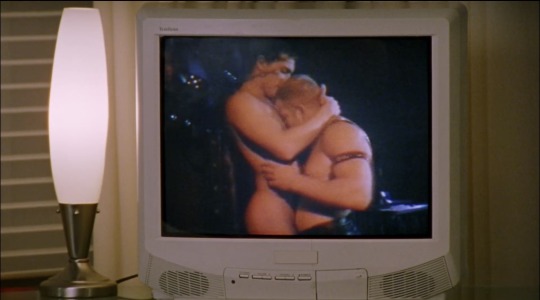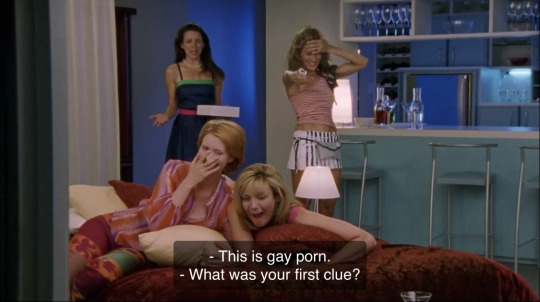I'm Lala Rose. I'm Bi. 24. I'm a Feminist. I'm a Self-Proclaimed Goth. I'm also sarcastic as Fuck. I enjoy writing, drawing, (pretending to be) a Badass, watching movies... Fuck this sounds like a list. I treat the people of Tumblr like my friends. Which is...
Don't wanna be here? Send us removal request.
Text




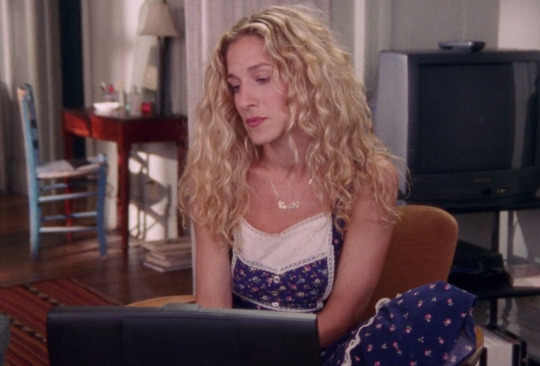
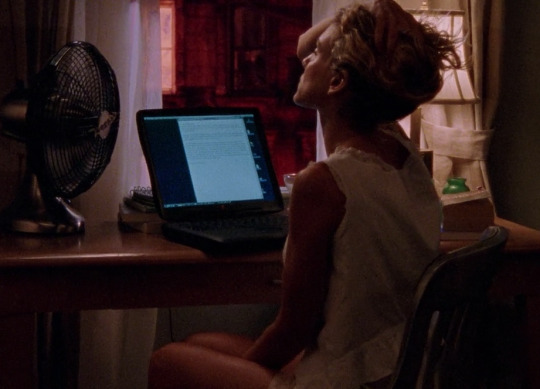
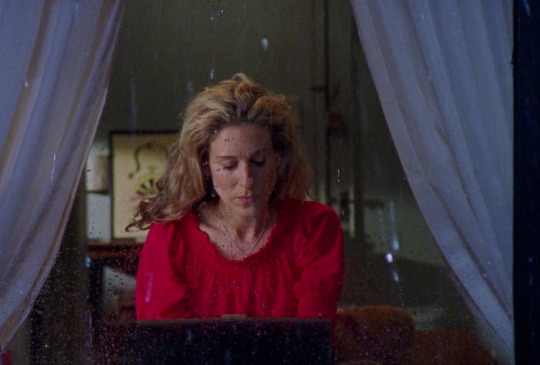

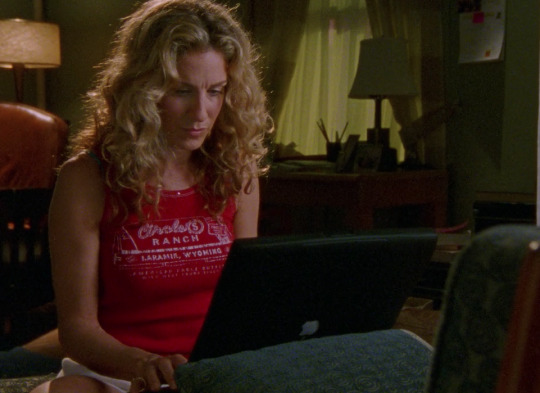
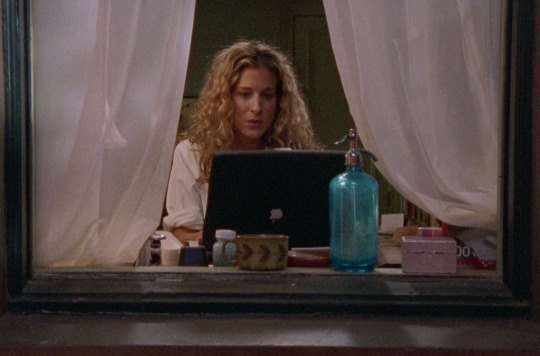


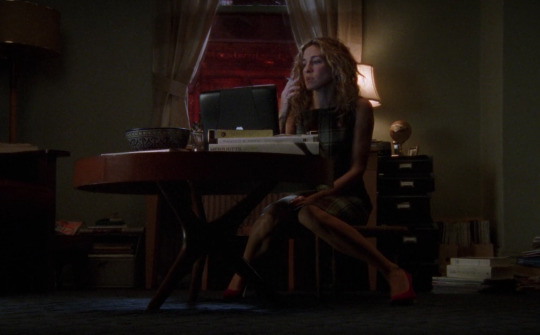

Carrie Bradshaw + writing, Sex and the City
2K notes
·
View notes
Text




charlotte york (my favorite lover girl)
1K notes
·
View notes
Text

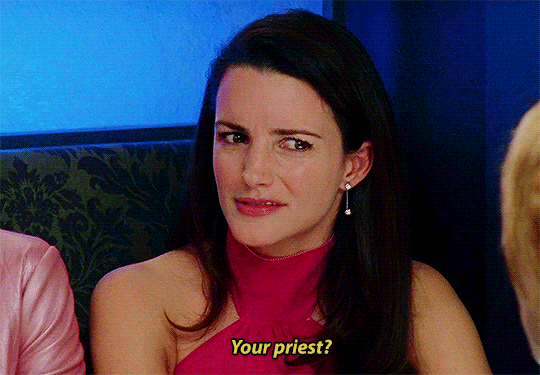
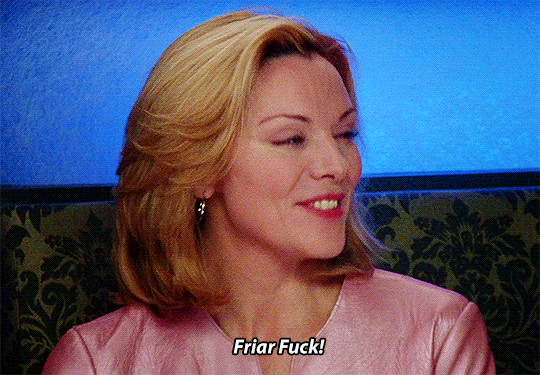
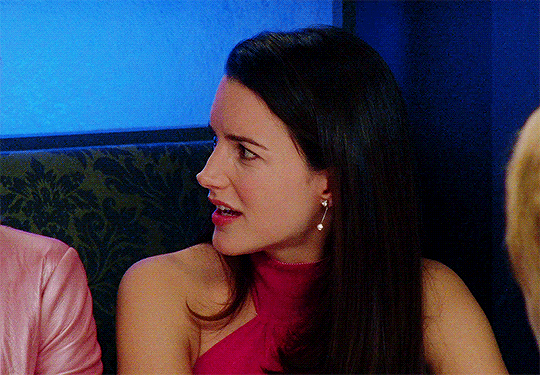
SEX AND THE CITY (1998-2004) 4.01: The Agony and the Ex-tacy
1K notes
·
View notes
Text
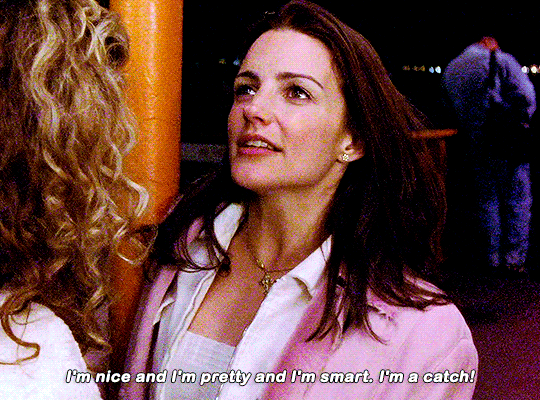
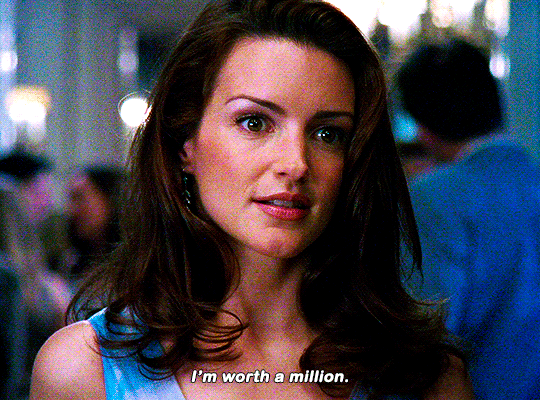
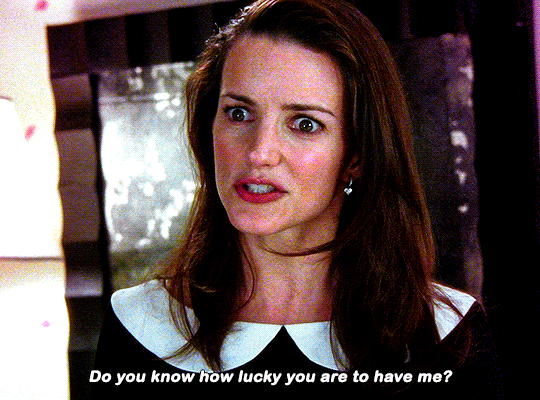
KRISTIN DAVIS as CHARLOTTE YORK in Sex and the City (1998 — 2004)
5K notes
·
View notes
Text


SEX AND THE CITY (1998-2004)
3.07 | “Drama Queens”
1K notes
·
View notes
Text



CHARLOTTE YORK in Sex and the City S03E10 • “All or Nothing”
730 notes
·
View notes
Text







SEX AND THE CITY | 6.09 "A Woman's Right to Shoes"
307 notes
·
View notes
Text
Doechii at the Tom Ford Show, Paris Fashion Week 2025




510 notes
·
View notes
Text


Blindspotting | 2.02 - Life Is Too Short
61 notes
·
View notes

